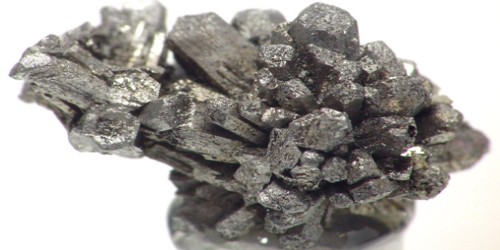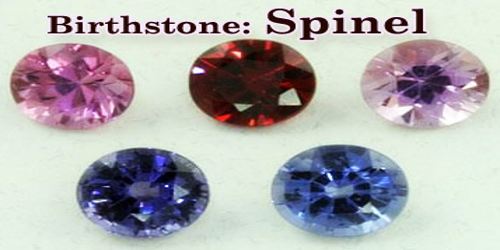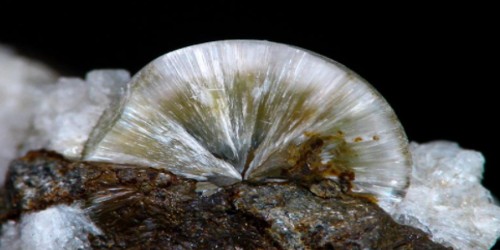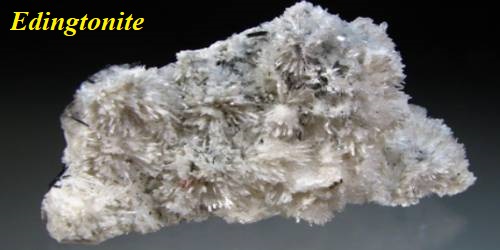Gratonite is a lead-arsenic sulfosalt mineral, with the chemical composition Pb9As4S15. It is a rare lead sulfide mineral. It is a mineral consisting of the sulfide of lead and arsenic in rhombohedral crystals
Gratonite was discovered in 1939 at the Excelsior Mine, Cerro de Pasco, Peru. It is named in honor of geologist L. C. Graton (1880–1970), who had a long-standing association with the Cerro de Pasco mines.
General Information
- Category: Sulfosalt minerals
- Formula: Pb9As4S15
- Crystal system: Trigonal
- Crystal class: Ditrigonal pyramidal (3m) (same H-M symbol)

Properties
Gratonite is a sulfosalt, a segment of sulfides where the arsenic acts more like a metal than a non-metal and occupies a position where it is bonded to sulfurs. It is a trigonal-ditrigonal pyramidal mineral containing arsenic, lead, and sulfur.
- Luster: Metallic
- Transparency: Opaque
- Colour: Dark lead-gray
- Streak: Black
- Hardness: 2½ on the Mohs scale
- Tenacity: Brittle
- Density: 6.22(2) g/cm3 (Measured) and 6.17 g/cm3 (Calculated)
Occurrence: It occurs in vugs in hydrothermal copper deposits.
Gratonite is a rare mineral that can be found in Peru, Cuba, Poland, Bulgaria, Germany, Switzerland, the Isle of Man, Spain, Namibia, and Japan.
Association: Realgar, pyrite, sphalerite, pyrrhotite, arsenopyrite, enargite, tetrahedrite-tennantite, jordanite, canfieldite, hutchinsonite.
Information Source:
















